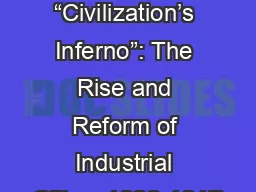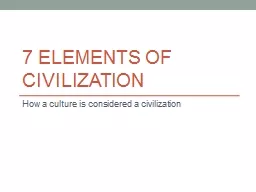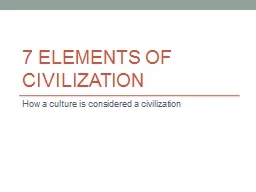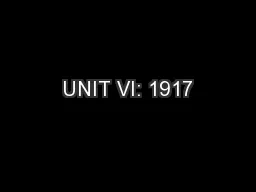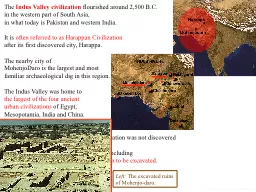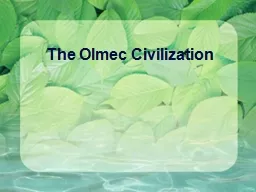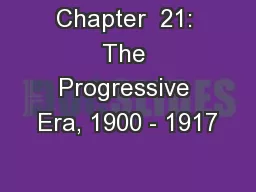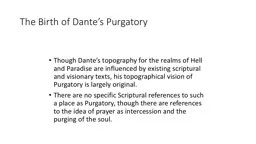PPT-Chapter 19 “Civilization’s Inferno”: The Rise and Reform of Industrial Cities, 1880-1917
Author : pamella-moone | Published Date : 2018-09-19
The New Metropolis The Shape of the Industrial City Before the Civil War cities served the needs of commerce and finance not industry As industrialization developed
Presentation Embed Code
Download Presentation
Download Presentation The PPT/PDF document "Chapter 19 “Civilization’s Inferno�..." is the property of its rightful owner. Permission is granted to download and print the materials on this website for personal, non-commercial use only, and to display it on your personal computer provided you do not modify the materials and that you retain all copyright notices contained in the materials. By downloading content from our website, you accept the terms of this agreement.
Chapter 19 “Civilization’s Inferno”: The Rise and Reform of Industrial Cities, 1880-1917: Transcript
Download Rules Of Document
"Chapter 19 “Civilization’s Inferno”: The Rise and Reform of Industrial Cities, 1880-1917"The content belongs to its owner. You may download and print it for personal use, without modification, and keep all copyright notices. By downloading, you agree to these terms.
Related Documents

